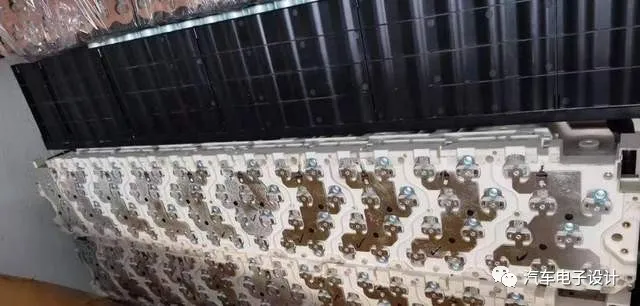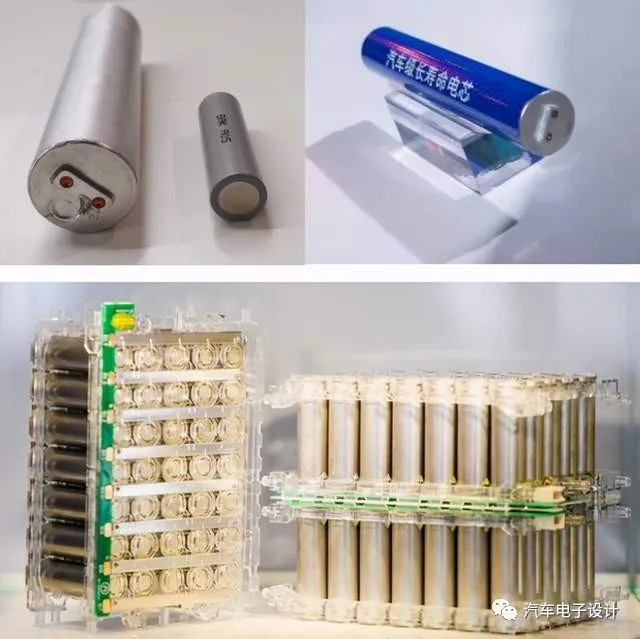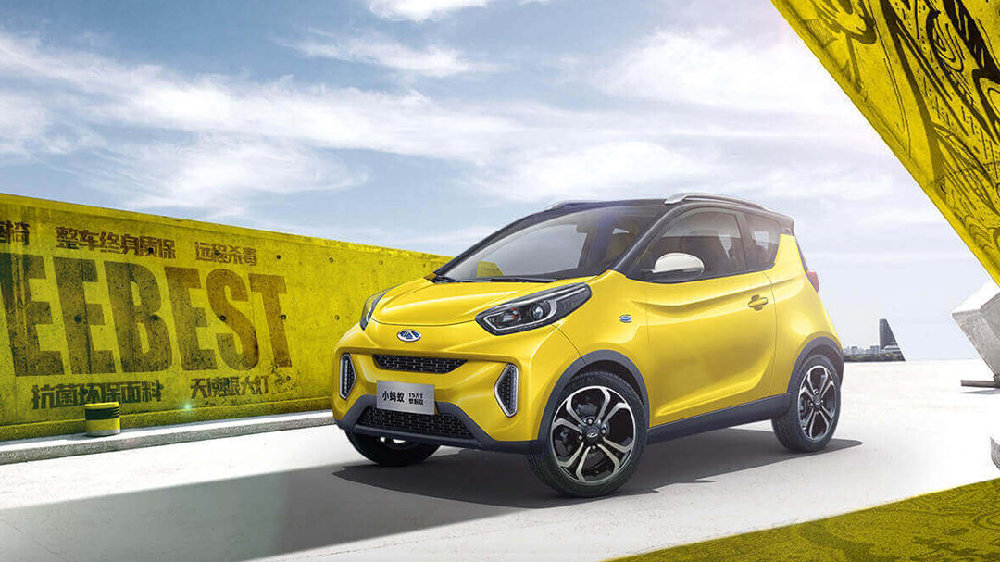New Category – Micro Low-Speed Electric Passenger Cars
In the latest GB/T 28382-XXXX “Technical Specifications for Pure Electric Passenger Cars”, a new category has been added, which officially defines micro low-speed pure electric passenger cars with 4 or fewer seats and a maximum speed of less than 70 km/h. This category is defined as having a length less than 3500mm, width less than 1500mm, height less than 1700mm, and a curb weight less than 750kg. It’s worth discussing this addition in conjunction with the new-generation large cylindrical iron-lithium modules.

Requirements for Micro Low-Speed Pure Electric Passenger Cars

The battery requirements for this category include:
- Range: The driving range measured by the GB/T 18386.1 measurement cycle should be no less than 100km (micro low-speed pure electric passenger cars should be tested for range at a constant speed of 30km/h).
- Safety: The battery should be equipped with a battery management system, and its safety requirements should comply with the provisions of GB 38031 (the simulated impact test of the battery for micro low-speed pure electric passenger cars shall reach 80% of the required x-axis acceleration and the y-axis acceleration shall remain unchanged).
- Energy density: The energy density of the battery system should not be less than 70Wh/kg.
Following this pattern, configurations starting from 8kWh can be made within the ranges of 10, 12, 16, and 20 kWh. Low-voltage solutions, such as 48V, may be considered, and battery requirements can continue to move towards consumer and industrial-level specifications, especially in this field, it may be possible to choose BMS and safety protection devices based on industrial chip requirements.
Cylindrical Iron-Lithium Battery
Currently, specifications such as 34154, 34184, and 34200 are available for this large cylindrical iron-lithium system, which is used by several mainstream electric bicycles brands such as Haro and Xinri. From a pack perspective, 48v20Ah (0.96 kWh), 60v20Ah (1.2 kWh), 109v92Ah (10 kWh), especially the latter, can already be used in micro low-speed electric passenger cars in the near future.According to this logic, the use of large cylindrical batteries could extend to electric tricycles and micro low-speed pure electric passenger vehicles. From a production perspective, these large cylindrical batteries are very cost-effective due to their low equipment investment and high efficiency, resulting in even greater potential cost savings. The configuration seen in the photo shows 8 battery cells connected in parallel within one module, with 10 small blocks forming a large module consisting of 80 battery cells. A Pack is made up of 4 large modules, with the following parameters:
Single battery cell: 3.2V, 20Ah, 64Wh
Single module: 5.12kWh, voltage of 25.6V
Entire pack: 4 large modules, total energy of 20.5kWh, voltage of 102V
I understand that as this category moves towards using low-cost electric bike batteries for support, the price will gradually decrease as electric bikes gain momentum. However, cost reduction will need to consider the overall electrical and electronic control costs, and the battery management system will need to be designed without adhering to the requirements of automotive electronics. In terms of electrical protection, rethinking the protection requirements from a new perspective will be necessary.
In conclusion, I believe that many rules in the automotive industry will be broken in the area of micro electric vehicles, forming a relatively more efficient management and design selection approach. As electric bicycles enter into the field of intelligent transportation, a new category will be formed with a focus on intelligent and electronic supply chain restructuring. Many engineering design requirements familiar to us from the era of gasoline-powered cars may not apply in this new field.
This article is a translation by ChatGPT of a Chinese report from 42HOW. If you have any questions about it, please email bd@42how.com.
